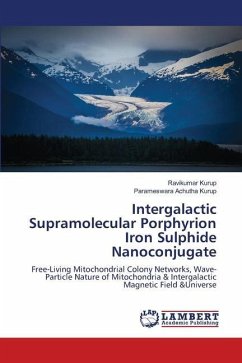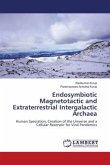A symbiotic origin of the eukaryotic cell including humans has been postulated. Our studies have demonstrated the presence of archaea in the human blood as evidenced by the presence of cytochrome F420, the methanogenic cytochrome. This indicates the unravelling of the symbiotic cell and expulsion of the archaea with its cytoplasm and enzymes into the blood. The archaea can reproduce asexually by binary fission. The archaeal virus can give a nucleus to the archaea. The archaeal cell membrane can form outer membrane vesicles which can rupture off forming new archaea. The cell-free nuclear DNA is seen in circulation. The cell-free DNA and its complementary RNA can hybridize with archaeal RNA viroids forming new viruses. The ejected free mitochondria can have fission and fusion and behave like bacteria. The mitochondria can form a well-organised colony like a bacterial network. Thus the cell which is under stress by global warming can unravel its symbiotic structure & behave like a multiple bacterial & viral colony without a central organizer resulting in cellular and tissue anarchy. This forms the new modern world of organized eternal microbial civilization of the earth & the universe
Bitte wählen Sie Ihr Anliegen aus.
Rechnungen
Retourenschein anfordern
Bestellstatus
Storno








